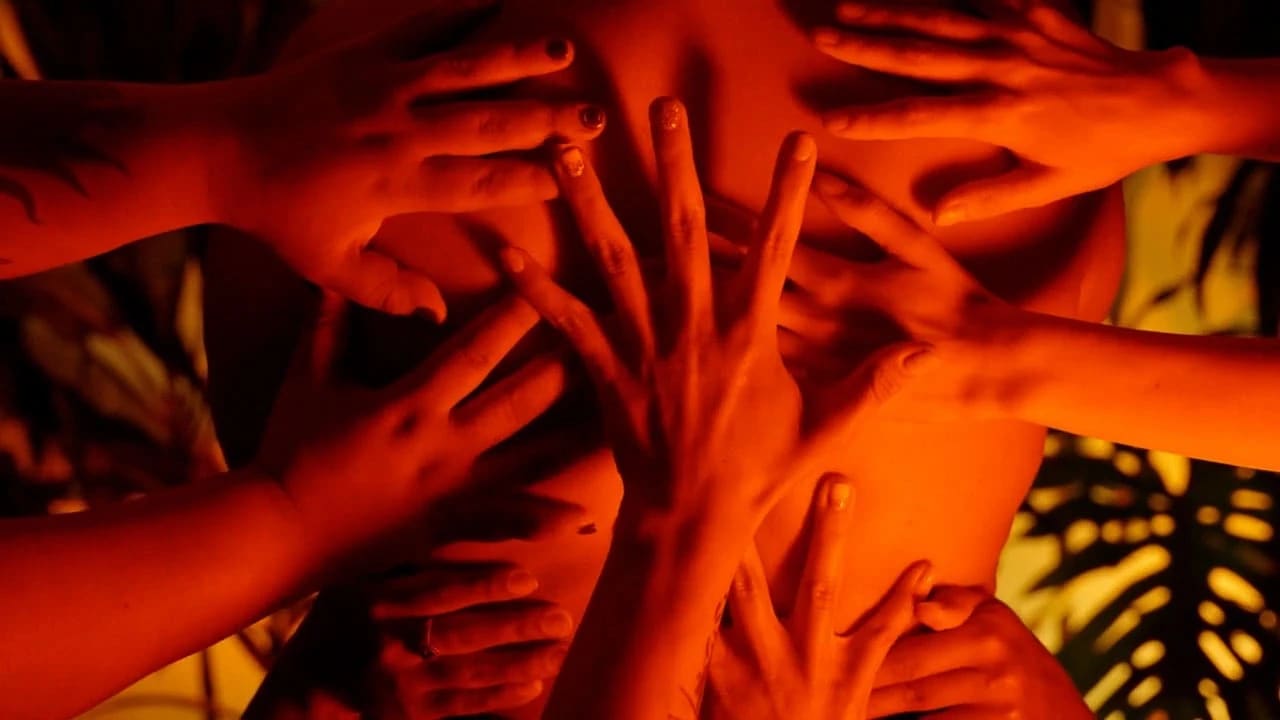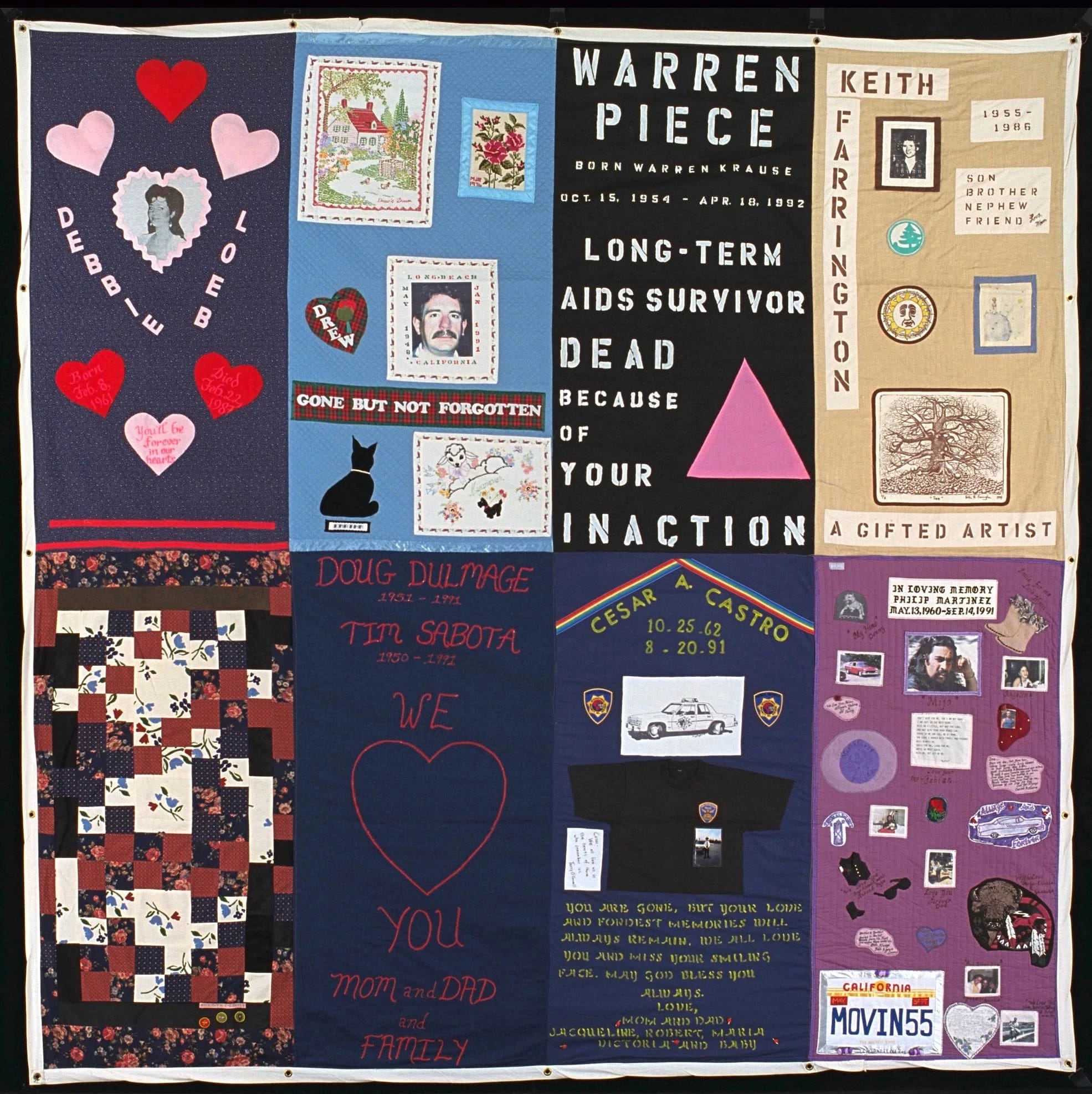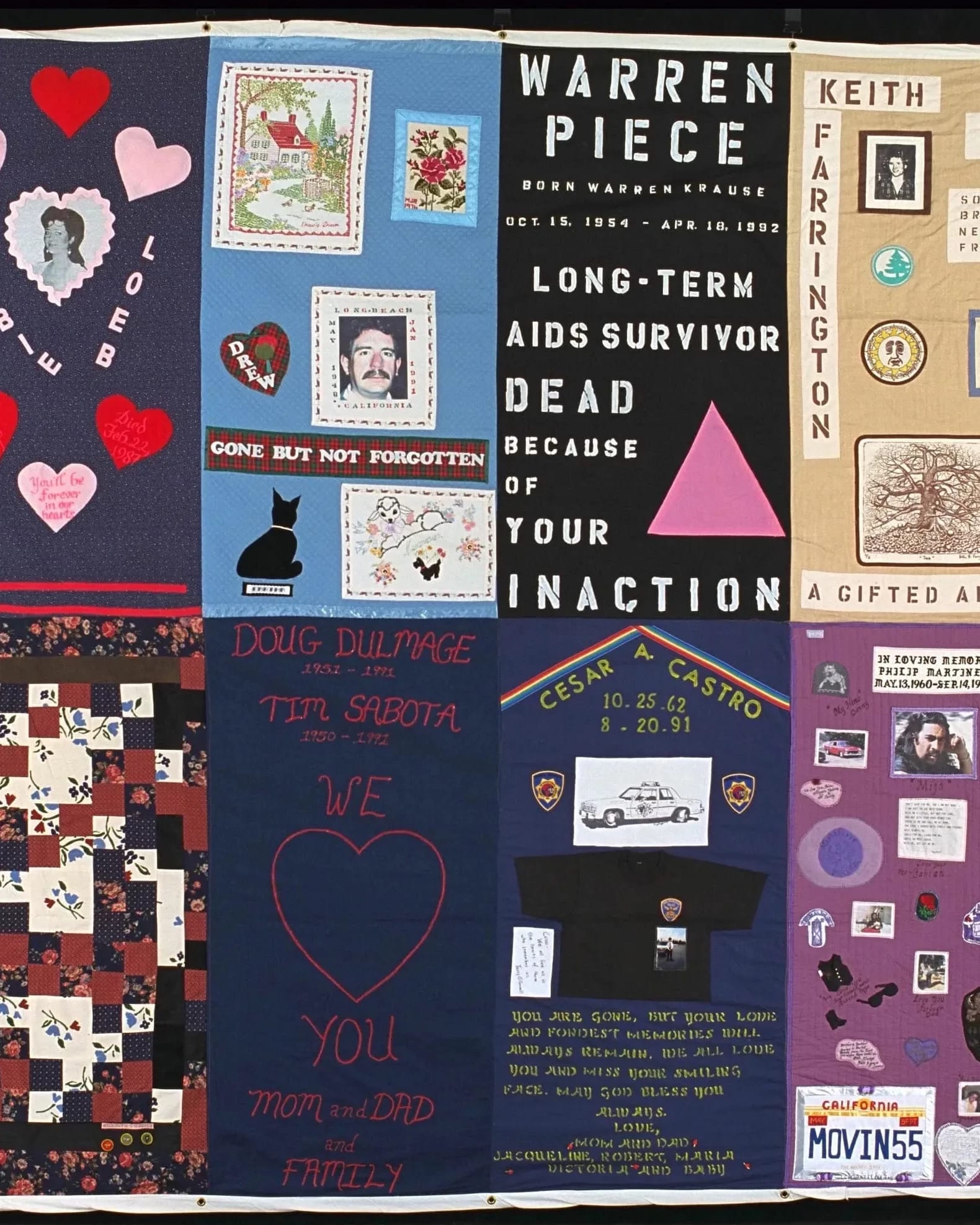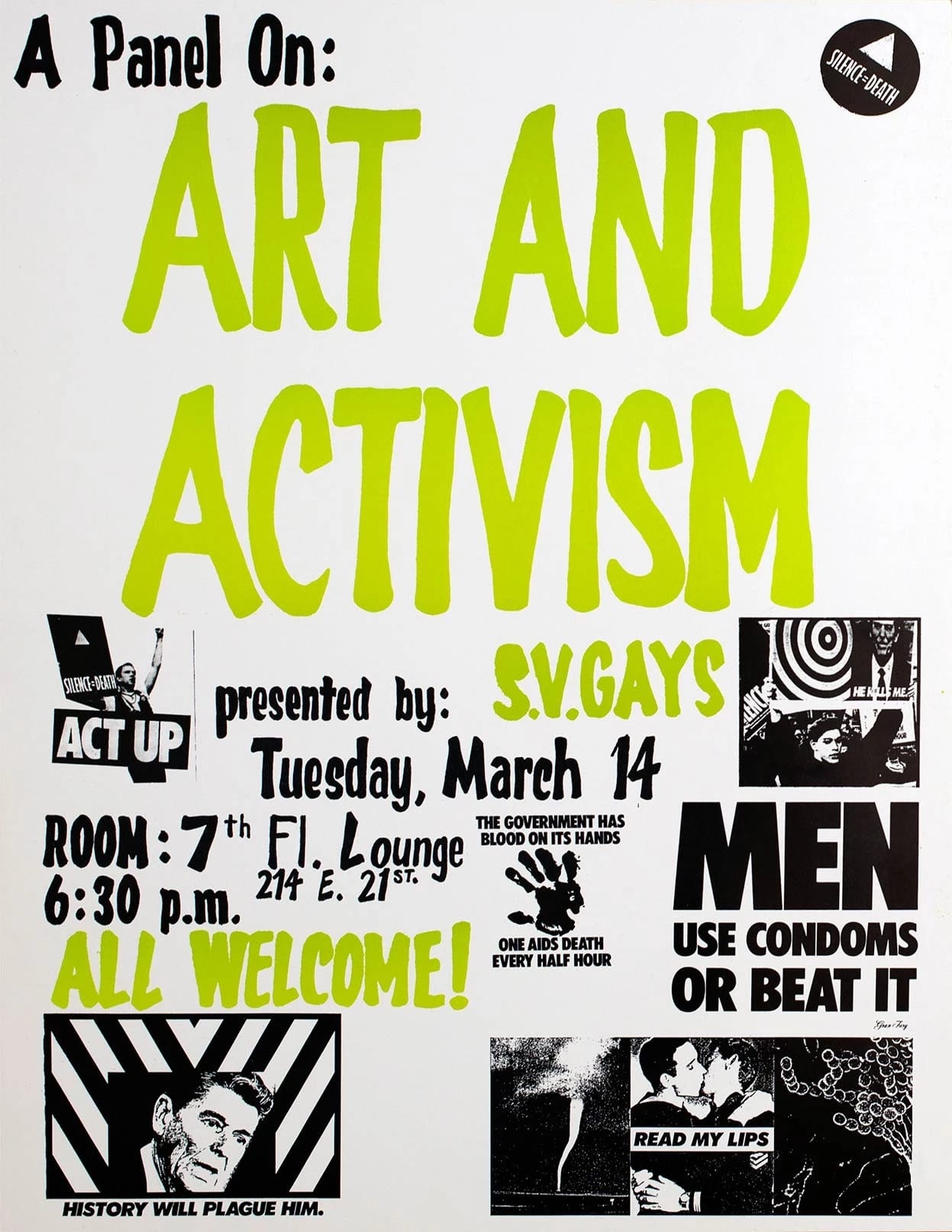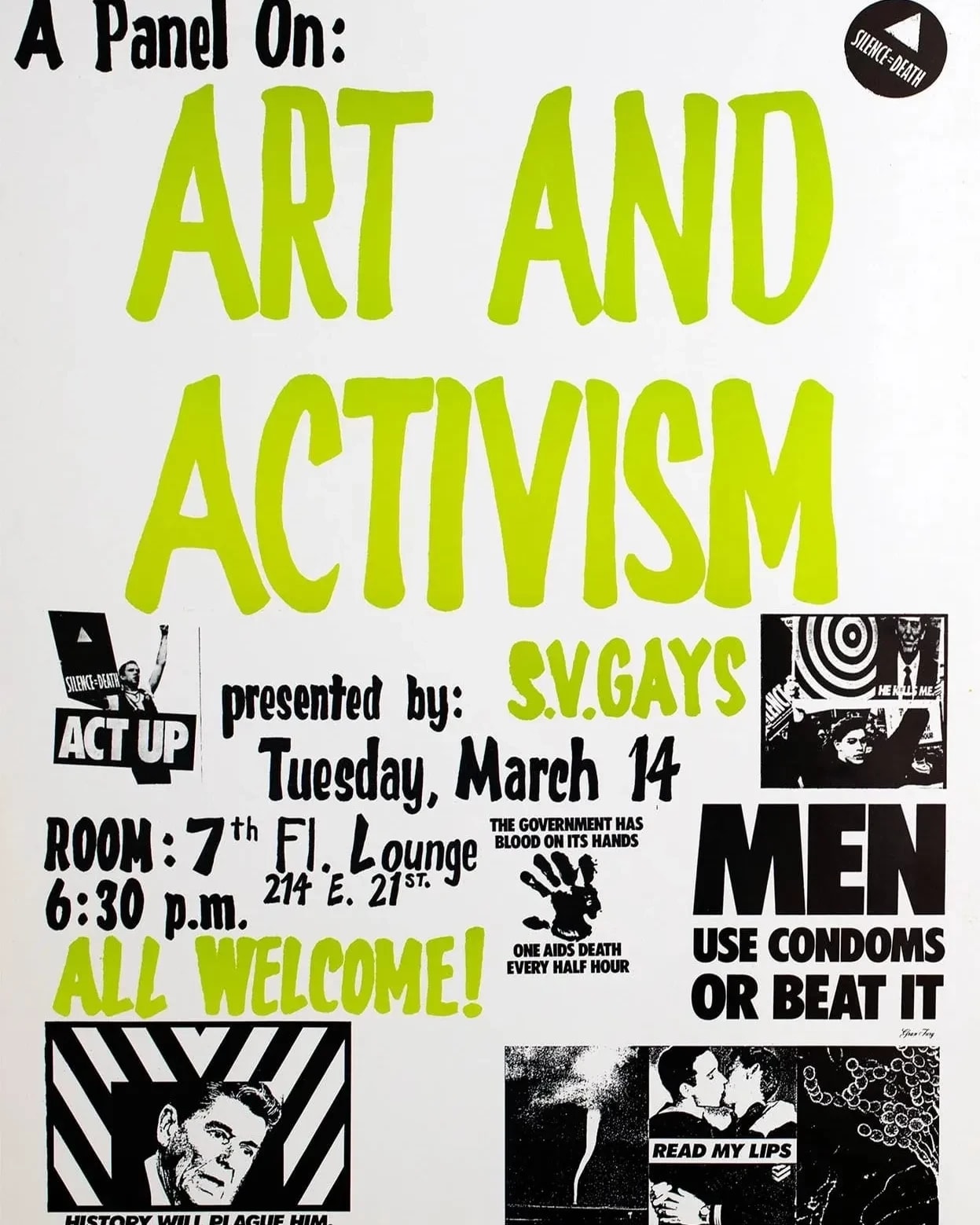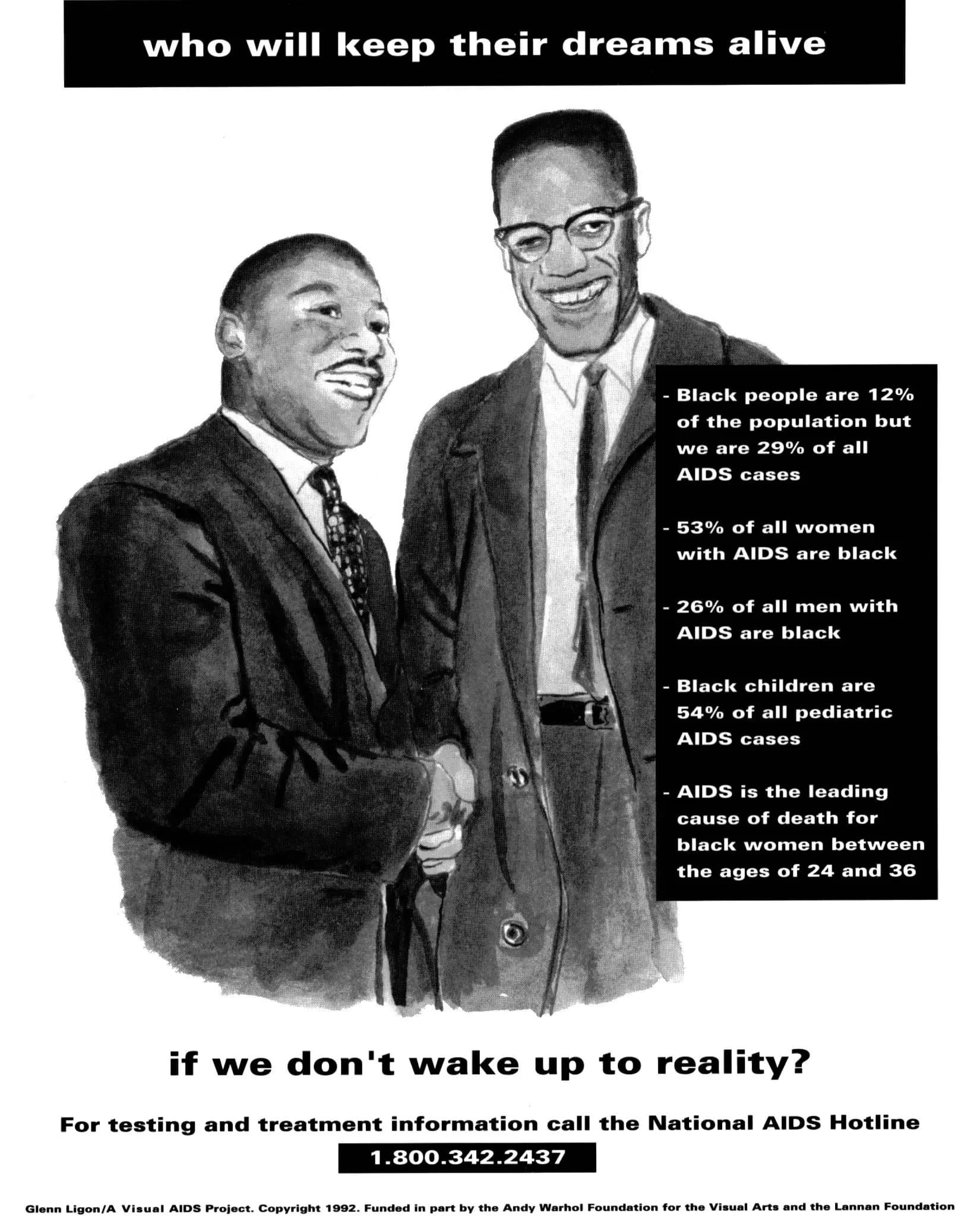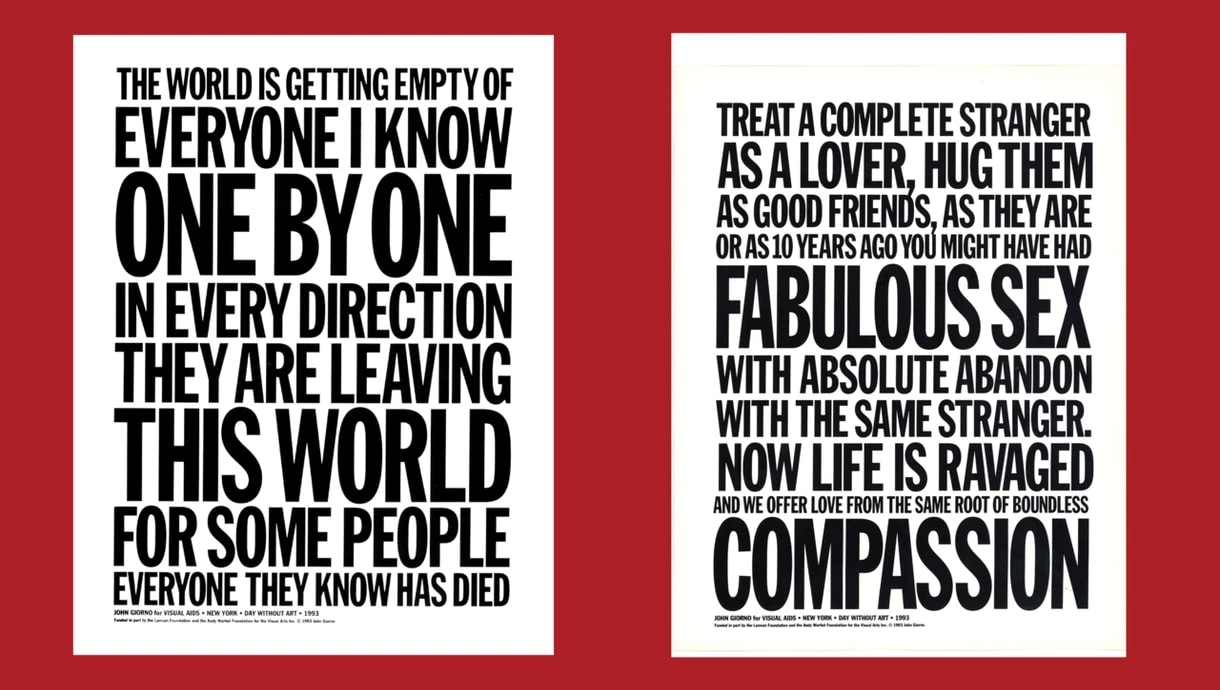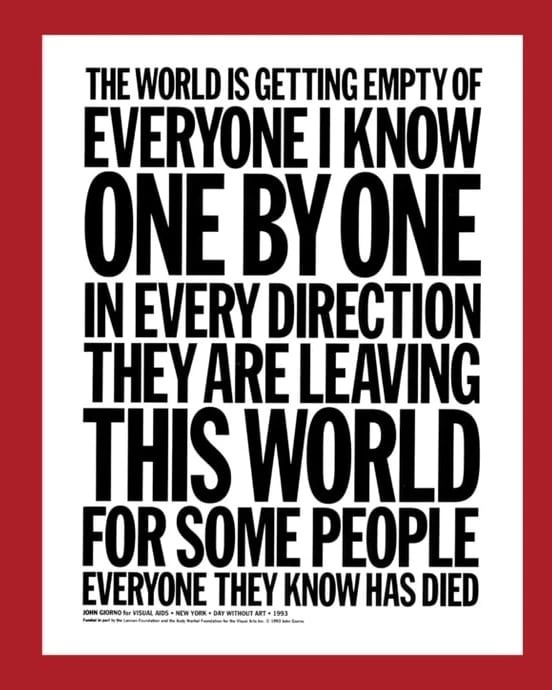The exhibition, at the School of Visual Arts’ SVA Flatiron Gallery, honors the art-based activism and communities that emerged amid the AIDS crisis.
Honoring those who organized and fought for their survival, dignity, and respect in the early years of the HIV/AIDS epidemic, the exhibition “TO LOVE—TO DIE; TO FIGHT. TO LIVE. Art and Activism in the Time of AIDS” opens tomorrow, March 20, and will be on view through Saturday, April 5, at the SVA Flatiron Gallery, 133/141 West 21st Street. A reception will be held tomorrow, March 20, 6:00 to 8:00pm, and related programming has been scheduled throughout the exhibition’s run (see below). Organized by artist and SVA Academic Affairs Operations Manager Michael Severance (MFA 2013 Art Practice; BFA 2011 Fine Arts) in collaboration with the New York City AIDS Memorial and jointly presented by SVA Academic Affairs and the Office of the Provost, “TO LOVE—TO DIE; TO FIGHT. TO LIVE.” commemorates all forms of art-based activism, 40 years after the idea for the iconic AIDS Memorial Quilt was conceived.
Work on view at the exhibition includes multiple large “blocks,” each containing eight AIDS quilt panels, courtesy of the National AIDS Memorial, San Francisco; historical posters and advertisements from the AIDS activist–artist collective Gran Fury, as well as period and contemporary Visual AIDS broadside takeaways from past Day Without Art events; and archival AIDS-crisis posters and flyers created by SVA student organizations between 1988 and 1994, courtesy of the SVA Archives. It will also include screenings of David France’s How to Survive a Plague (2012); Jim Hubbard’s United in Anger: A History of ACT UP (2014); David Wojnarowicz’s Unfinished film (with sequence in memory of Peter Hujar) (1987), courtesy of the Estate of David Wojnarowicz and P·P·O·W, New York; Red Reminds Me (2024), seven contemporary works from Visual AIDS’s Day Without Art 2024 commission; and Surviving Voices (2023), a series of mini-documentaries with stories from women, Black/African American, Latinx, transgender, and substance-use and recovery communities that bring HIV/AIDS into contemporary context, courtesy of the National AIDS Memorial, San Francisco.
AIDS Quilt Block 2348. On view at “TO LOVE–TO DIE; TO FIGHT. TO LIVE. Art and Activism in the Time of AIDS.”
AIDS Quilt Block 2348. On view at “TO LOVE–TO DIE; TO FIGHT. TO LIVE. Art and Activism in the Time of AIDS.”
In conjunction with “TO LOVE—TO DIE; TO FIGHT. TO LIVE.,” BFA Visual and Critical Studies is hosting a companion exhibition “Witness,” curated by artist and SVA faculty member Peter Hristoff (BFA 1981 Fine Arts). Comprising multidisciplinary works created in response to the AIDS crisis by SVA alumni, faculty and staff, including four people lost to the epidemic, “Witness” is a testament to the impact of HIV/AIDS on the art world. Artists include Steve DeFrank (MFA 1990 Fine Arts), Bil Donovan (BFA 2001 Fine Arts), JP Forrest (MFA 2000 Fine Arts; BFA 1991 Media Arts), Juan Gonzalez, Dan Halm (MFA 2001 Illustration as Visual Essay; BFA 1994 Illustration), Keith Haring (1979 Fine Arts), Frank Holliday (BFA 1980 Fine Arts), Hristoff, Carlos Pisco (BFA 2000 Advertising), Eric Rhein (MFA 2000 Fine Arts; BFA 1985 Fine Arts), John Ruggeri (MFA 1986 Illustration as Visual Essay; BFA 1984 Media Arts), Kenny Scharf (BFA 1981 Fine Arts), John Sex (BFA 1980 Media Arts), Jo Shane, Gil Stone, George Towne (MFA 1997 Illustration as Visual Essay; BFA 1990 Media Arts), Anthony Viti, and Tony Whitfield. A fully illustrated catalog for the exhibition will be available free of charge, while supplies last.
Though the first display of the AIDS Quilt did not take place until October 11, 1987, during the Second National March on Washington for Lesbian and Gay Rights, its origin was a 1985 candlelight vigil led by Cleve Jones in honor of the many people who had lost their lives and on the anniversary of the assassinations of San Francisco Mayor George Moscone and Supervisor Harvey Milk. Jones and a group of activists taped poster-sized placards with names of the dead on the outside walls of San Francisco City Hall in a display that resembled a quilt. By 1987, the Names Project had been officially founded by Jones, Mike Smith, and volunteers Jack Caster, Ron Cordova, Joseph Durant, Steve Kirchner, Larkin Mayo, Gert McMullin, and Gary Yuschalk, and one of the most significant community art projects in history was born. The quilt that day was composed of 1,920 panels—each measuring six by three feet, to represent the size of a grave—and covered roughly the size of a football field. By 1996, the AIDS Quilt would cover the entire length of the National Mall, stretching from the Washington Monument to the Capitol.
Decades later, in 2022, Hristoff was one of 20 artists invited by the New York City AIDS Memorial and textile-design studio Maharam to participate in a series of free, public quilt-making workshops at the Whitney Museum of American Art, resulting in the creation of dozens of new panels and cross-generational engagement with the historic project.
As part of this tribute, SVA has partnered with the New York City AIDS Memorial to host a second series of free and public quilt-making workshops, led by artist Daniele Frazier, in conjunction with the exhibition. During the two-day workshops, artists, students, faculty, and the public are invited to observe and participate in the panel-making process. Together, attendees will design and stitch several new panels honoring the lives of creative New Yorkers, including several SVA alumni, continuing the intention of the activists who first imagined the quilt—to inform, share, and build community.
ADDITIONAL PROGRAMMING
Jason Rosenberg, Lessons from the AIDS Movement
Monday, March 24, 6:30 – 8:00pm | 133/141 West 21st Street, Room 101C
On the 38th anniversary of when ACT UP began with the action on Wall Street (March 24, 1987), BFA Visual and Critical Studies and the SVA Honors Program present a discussion led by activist Jason Rosenberg on how the HIV/AIDS struggle is inspiring many of our present social-justice movements, from the fight for a ceasefire and a free Palestine to resisting President Trump’s authoritarianism, and more.
Community AIDS Memorial Quilt-Making Workshops
Saturday, March 29, and Sunday, March 30, 10:00am – 6:00pm | SVA Flatiron Gallery, 133/141 West 21st Street
Organized by the New York City AIDS Memorial alongside artist Daniele Frazier, with support provided by the New York City Department of Youth and Community Development and the National AIDS Memorial, San Francisco, with materials courtesy of Materials for the Arts, Todd Oldham Studio, the David Wojnarowicz Foundation, and Maharam.
David France, Surviving a Plague: Art and Activism in the Time of AIDS (2012)
Monday, March 31, 6:30 – 8:00pm | 133/141 West 21st Street, Room 101C
Award-winning journalist, author, and filmmaker David France, director and co-writer of the Oscar-nominated and critically acclaimed documentary How to Survive a Plague, will speak on the achievements of AIDS activists in art and politics.
In the Archives with Visual AIDS Community Archivist, Jacs Rodriguez
Wednesday, April 2, 10:00am | SVA Library West, 133/141 West 21st Street
Join Jacs Rodriguez, community archivist at Visual AIDS, for a demonstration of conducting art historical research in the archive. Rodriguez will explore finding Visual AIDS artists’ files and institutional records while highlighting the organization’s collections and history. Organized by librarian Catie Moore and Bridget O’Keefe, reference librarian, SVA Library.
“TO LOVE—TO DIE; TO FIGHT. TO LIVE. Art and Activism in the Time of AIDS” is sponsored by SVA Academic Affairs, SVA Archives and the Milton Glaser Design Study Center and Archives, BFA Advertising, BFA Design, SVA Diversity, Equity, and Inclusion, BFA Film, SVA Galleries, SVA Humanities and Sciences, the New York City AIDS Memorial, BFA Visual and Critical Studies, and Visual AIDS.


